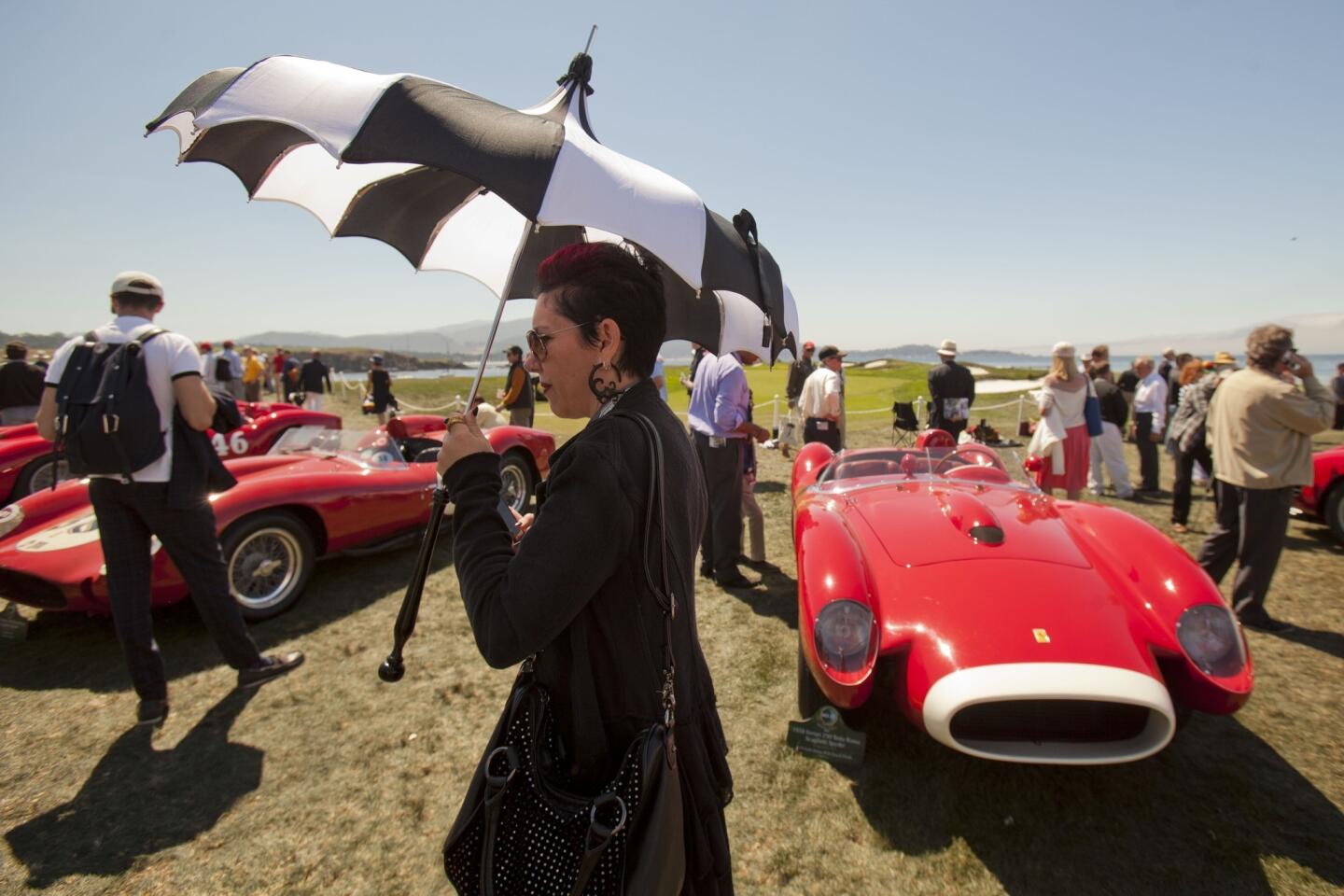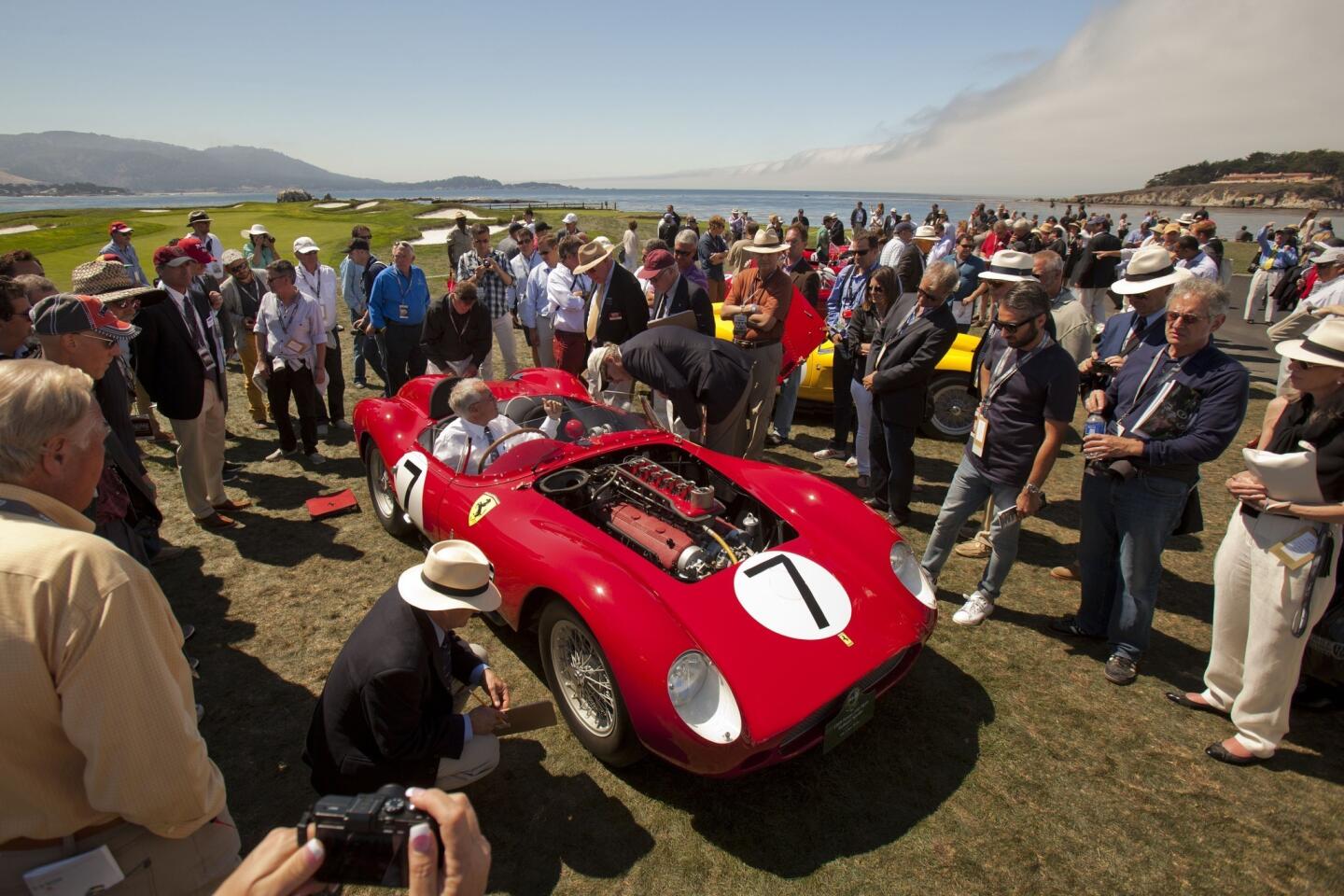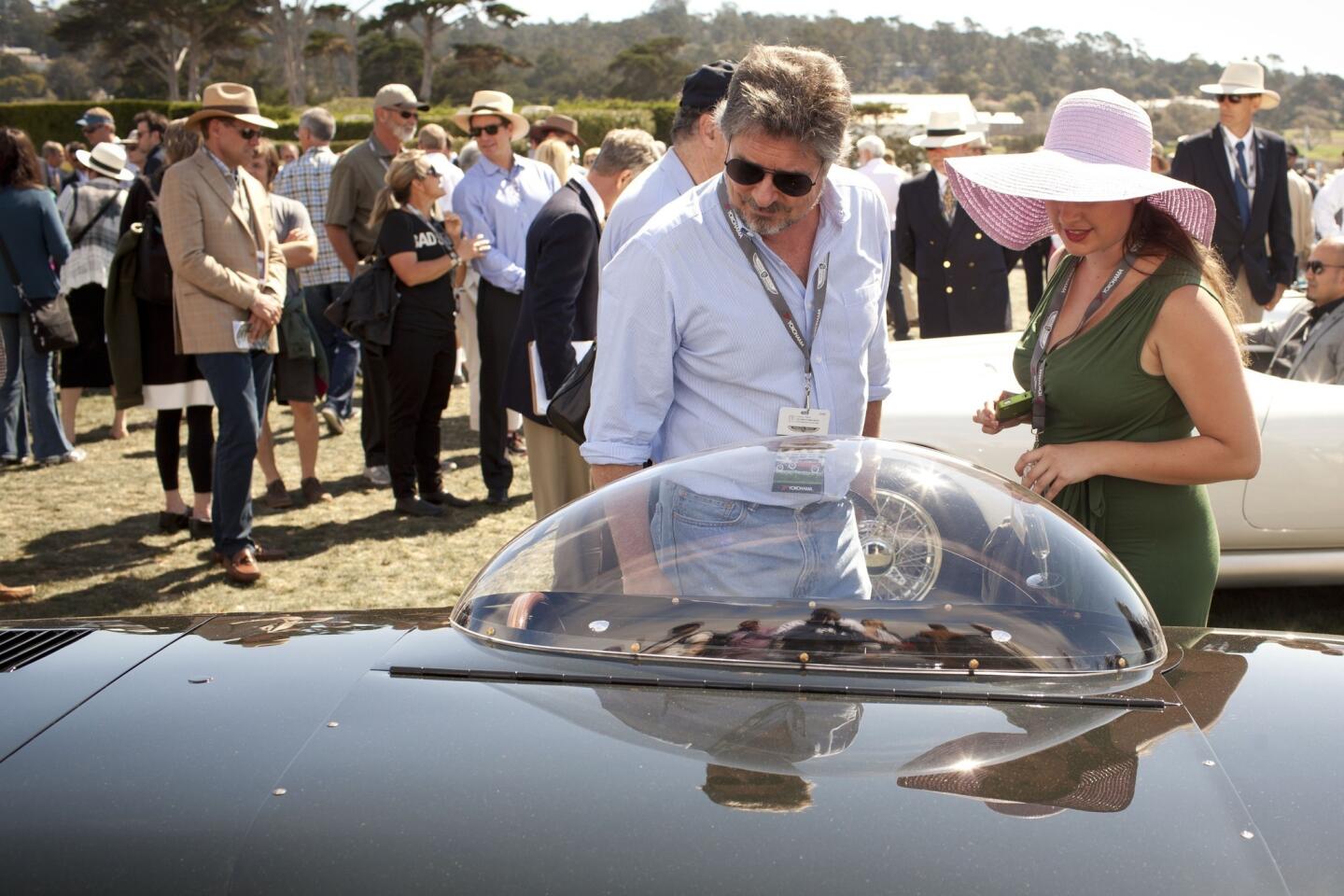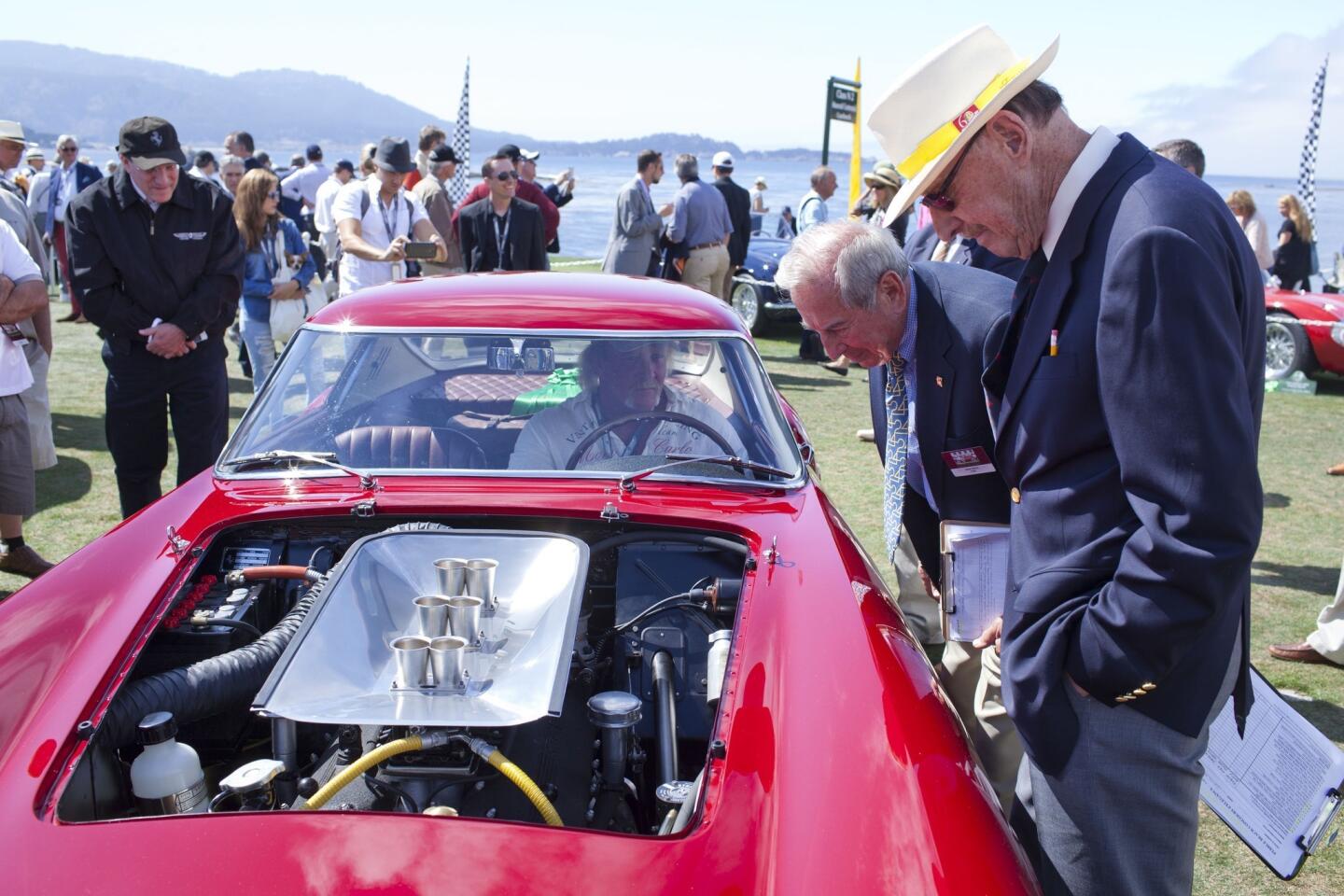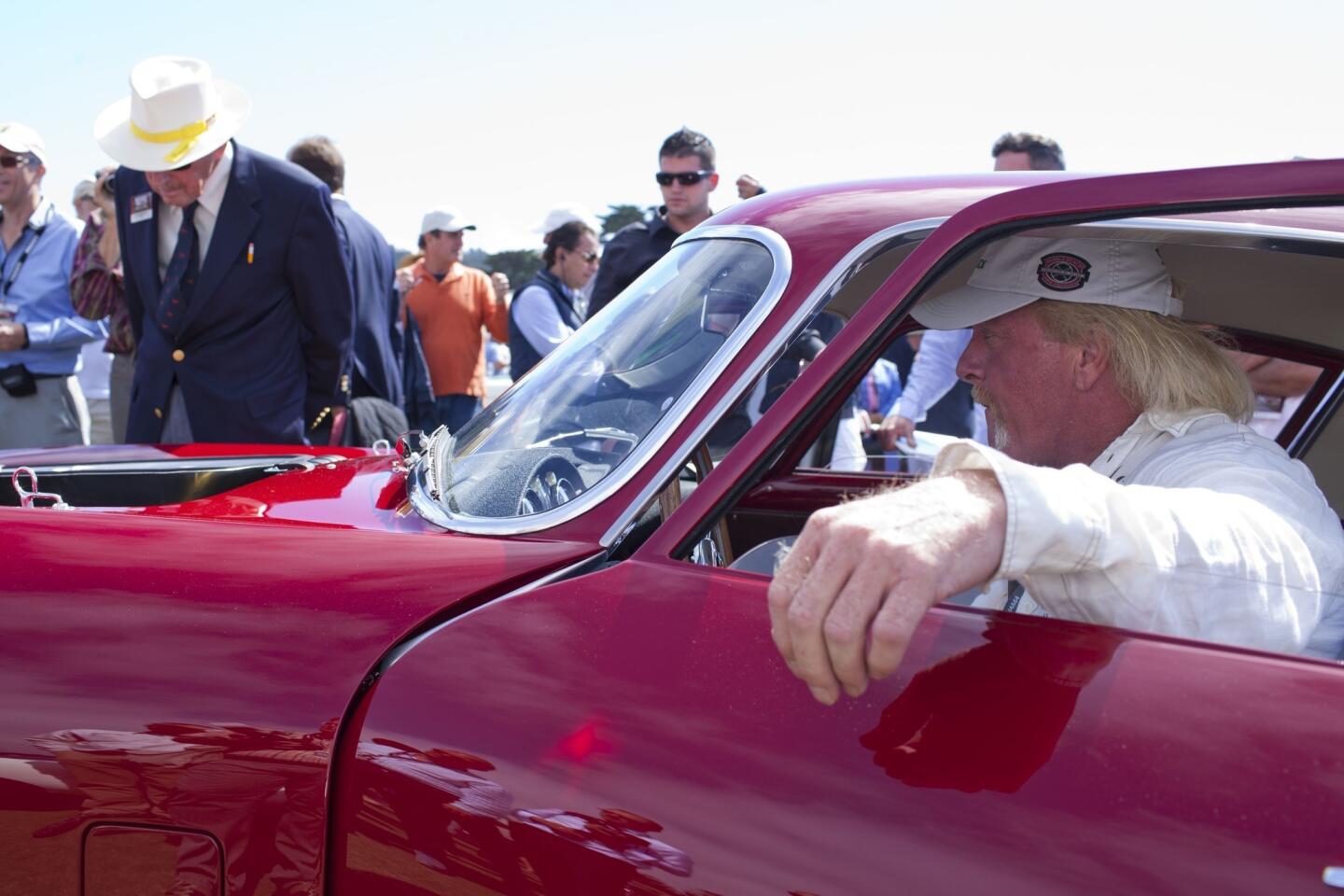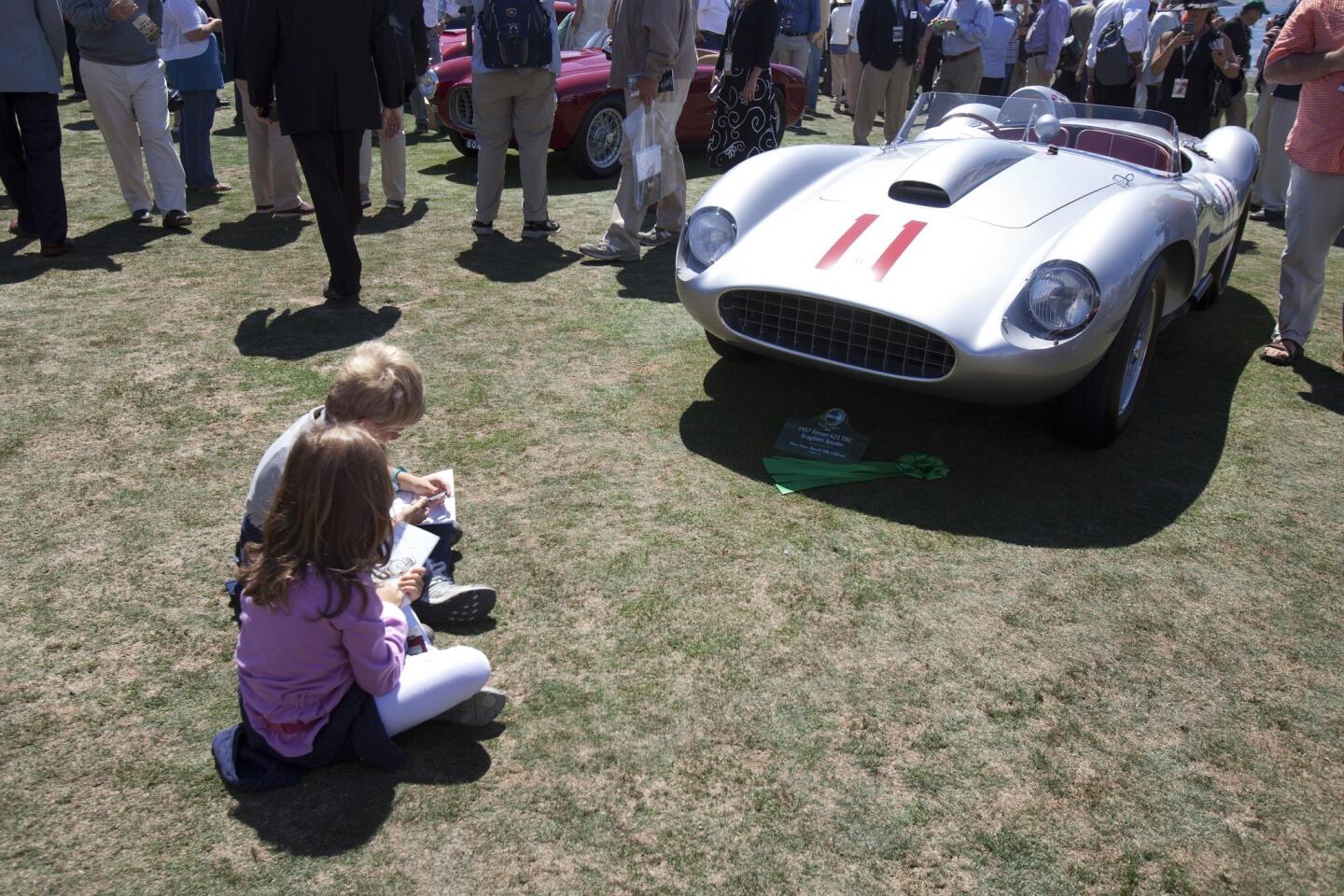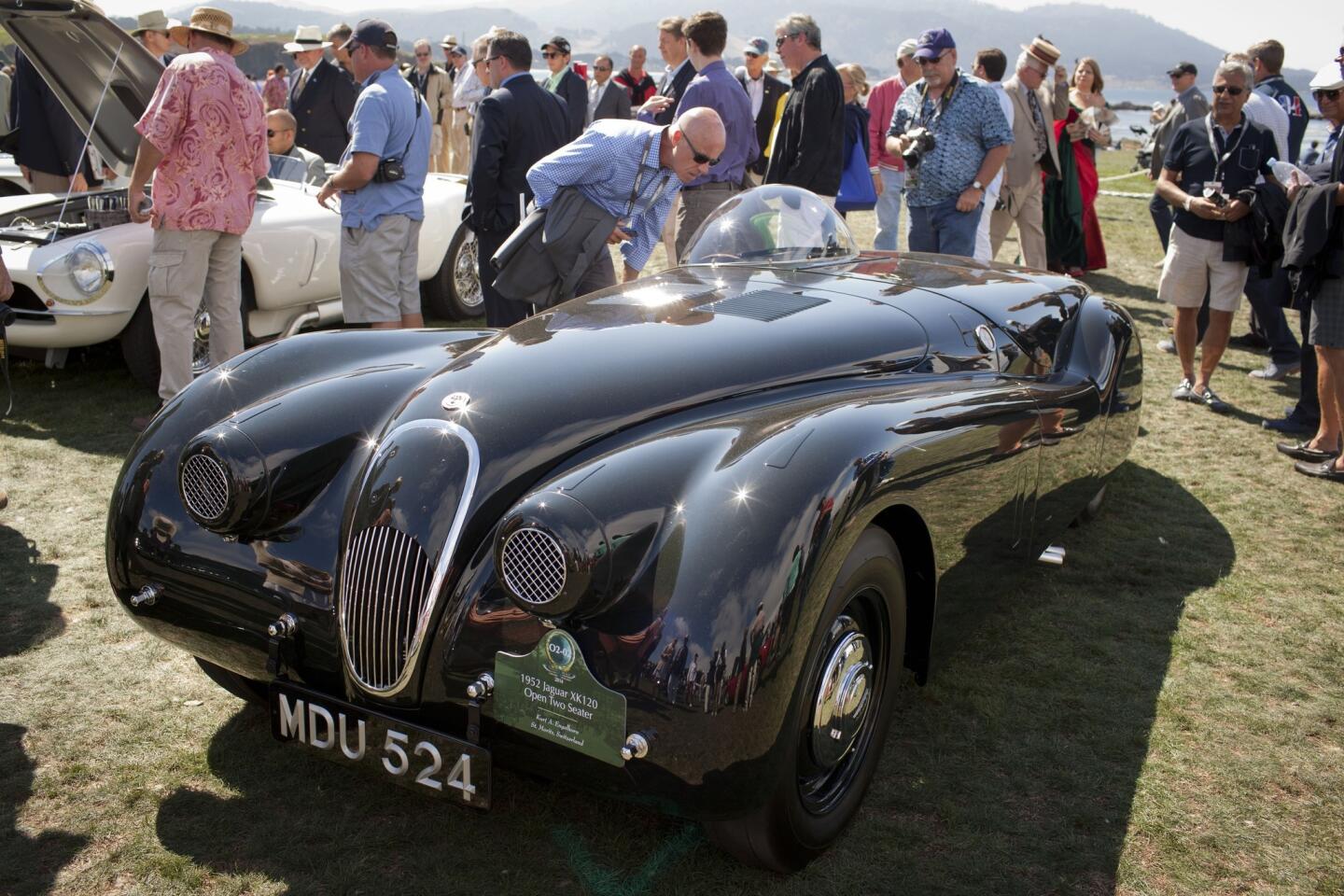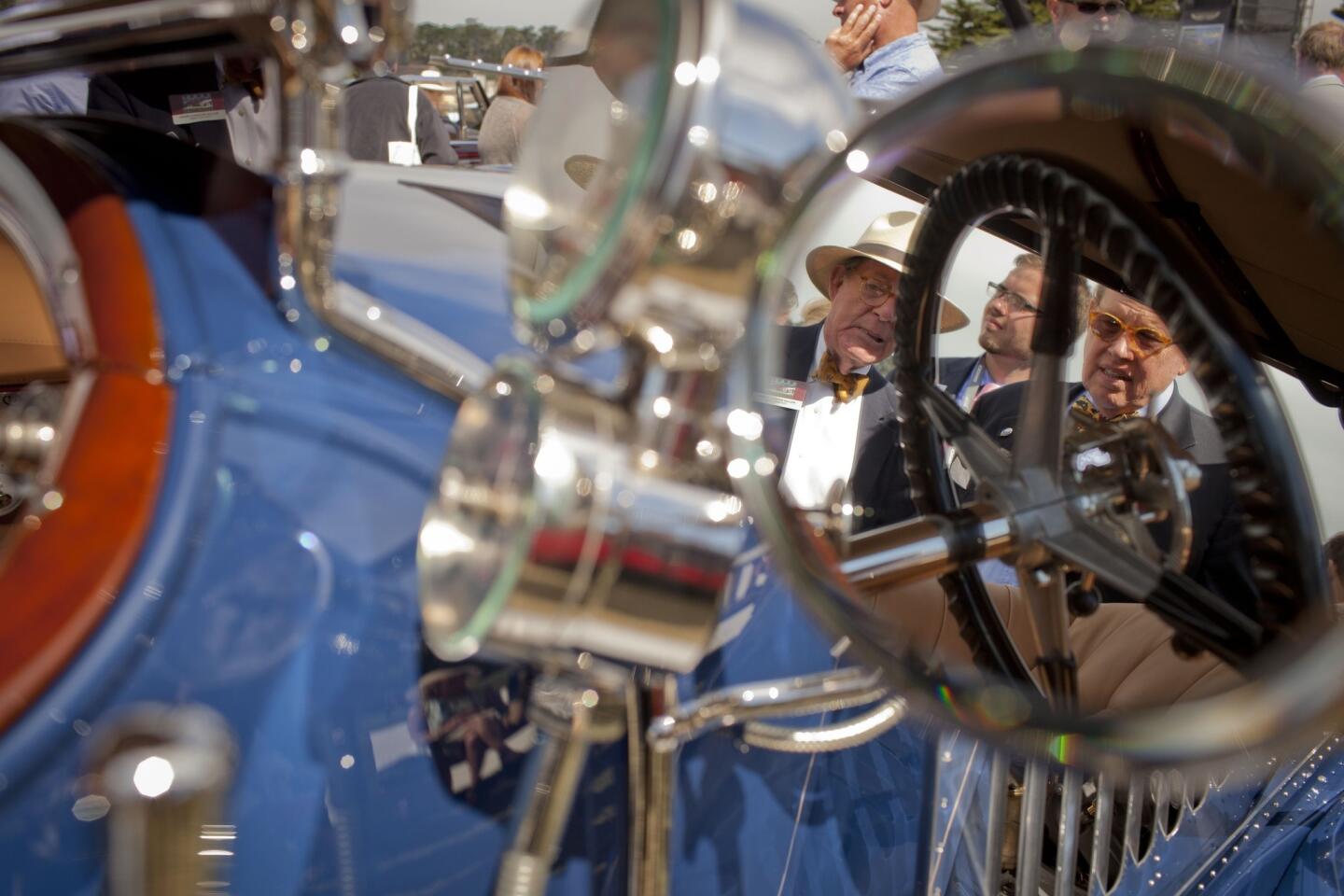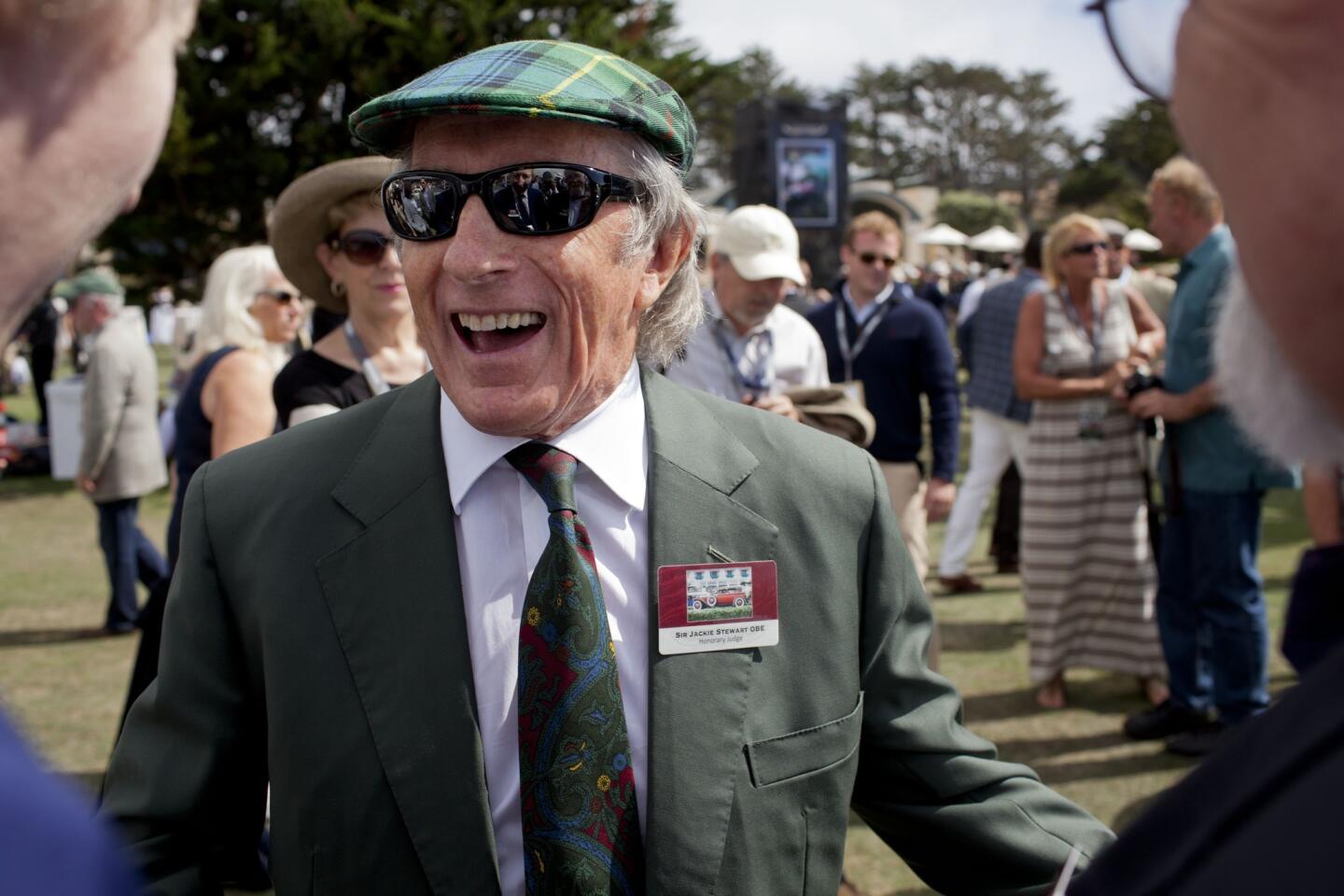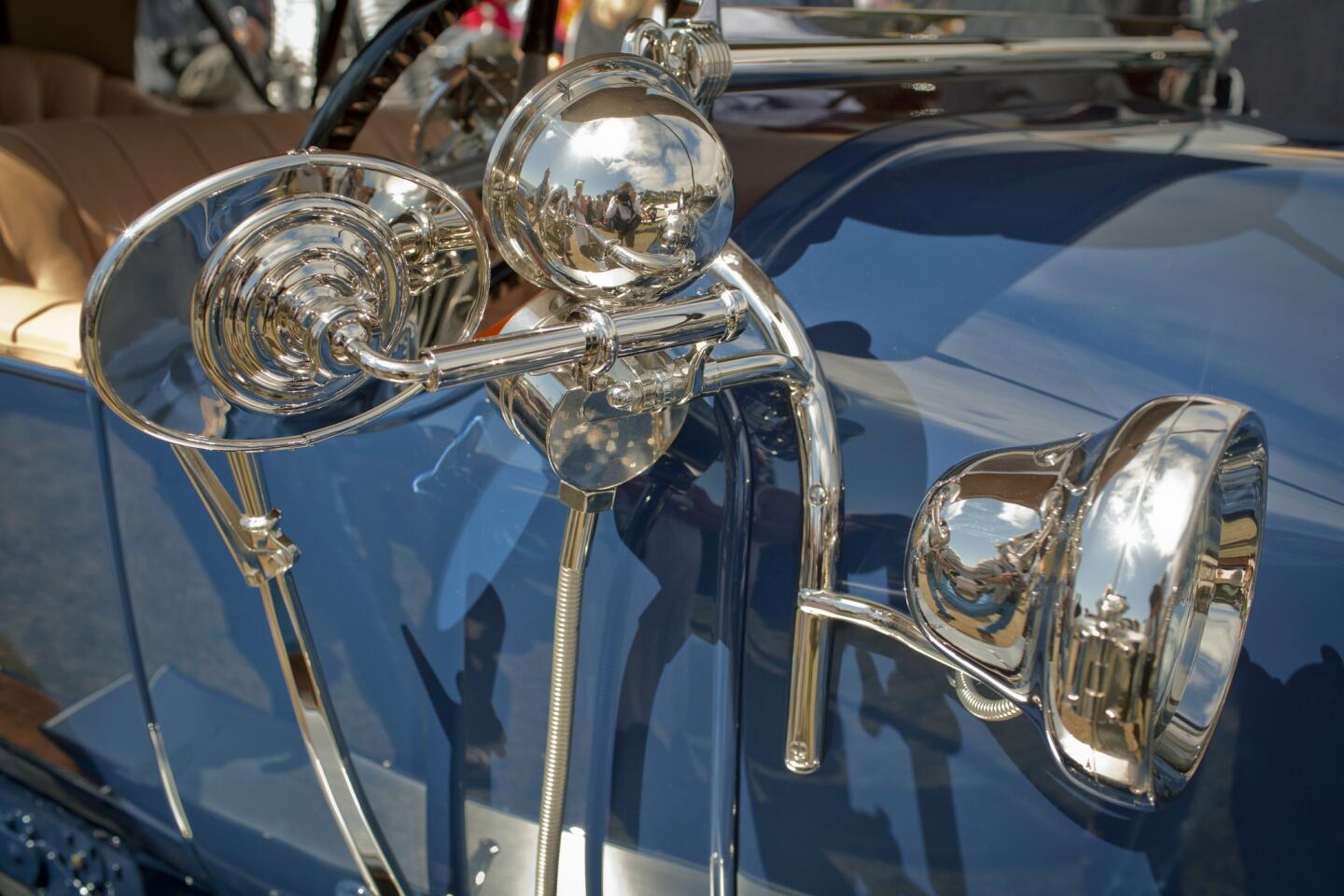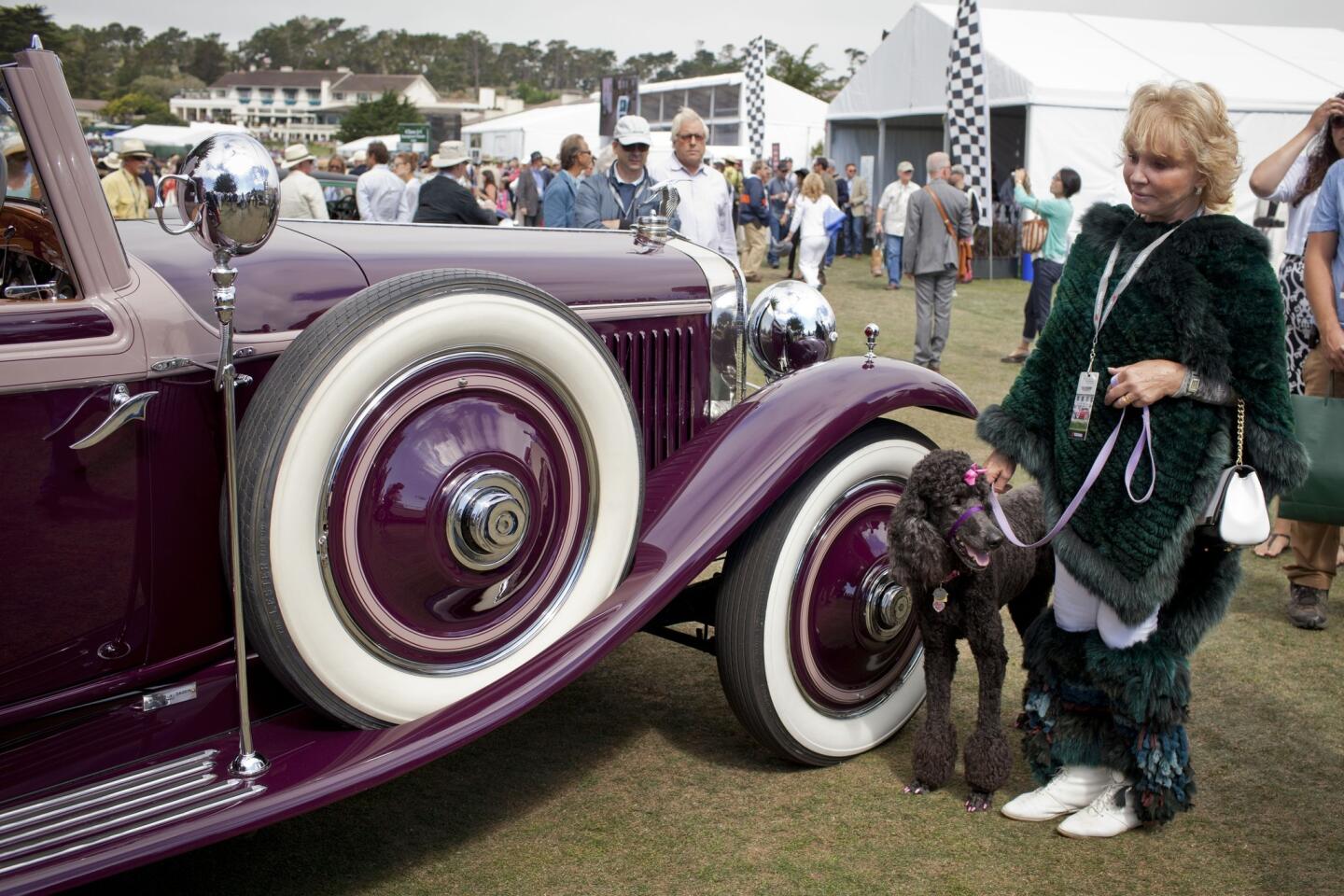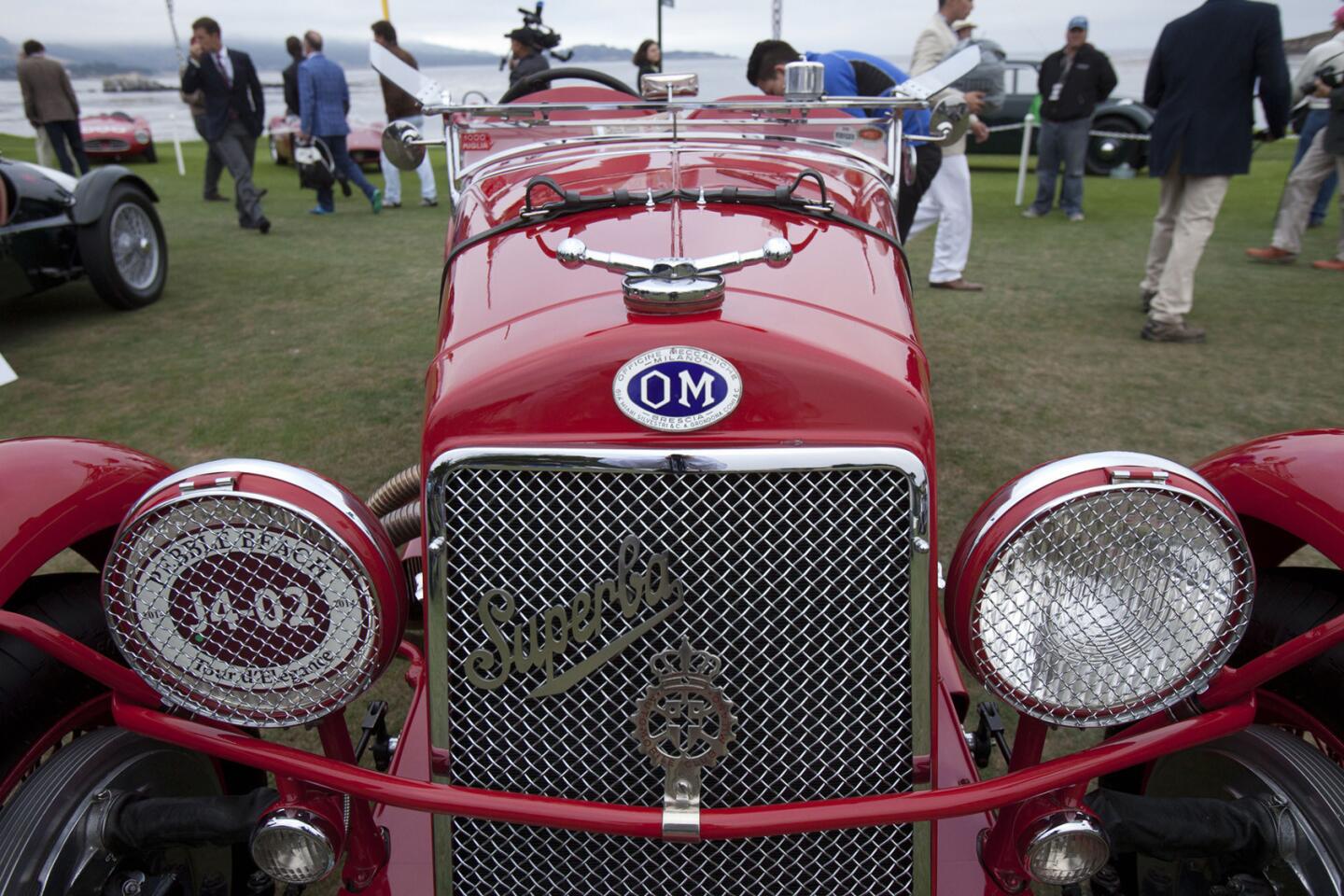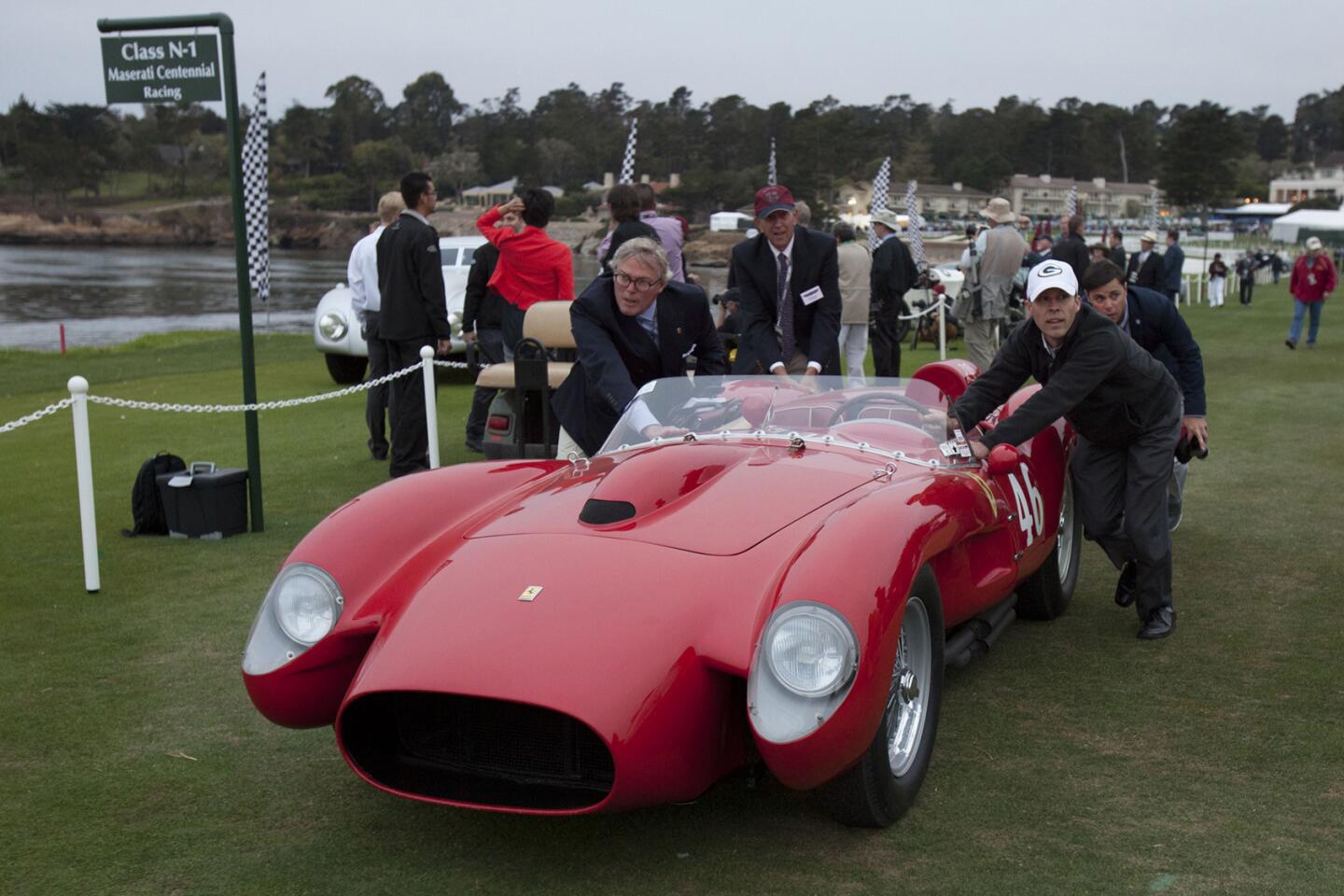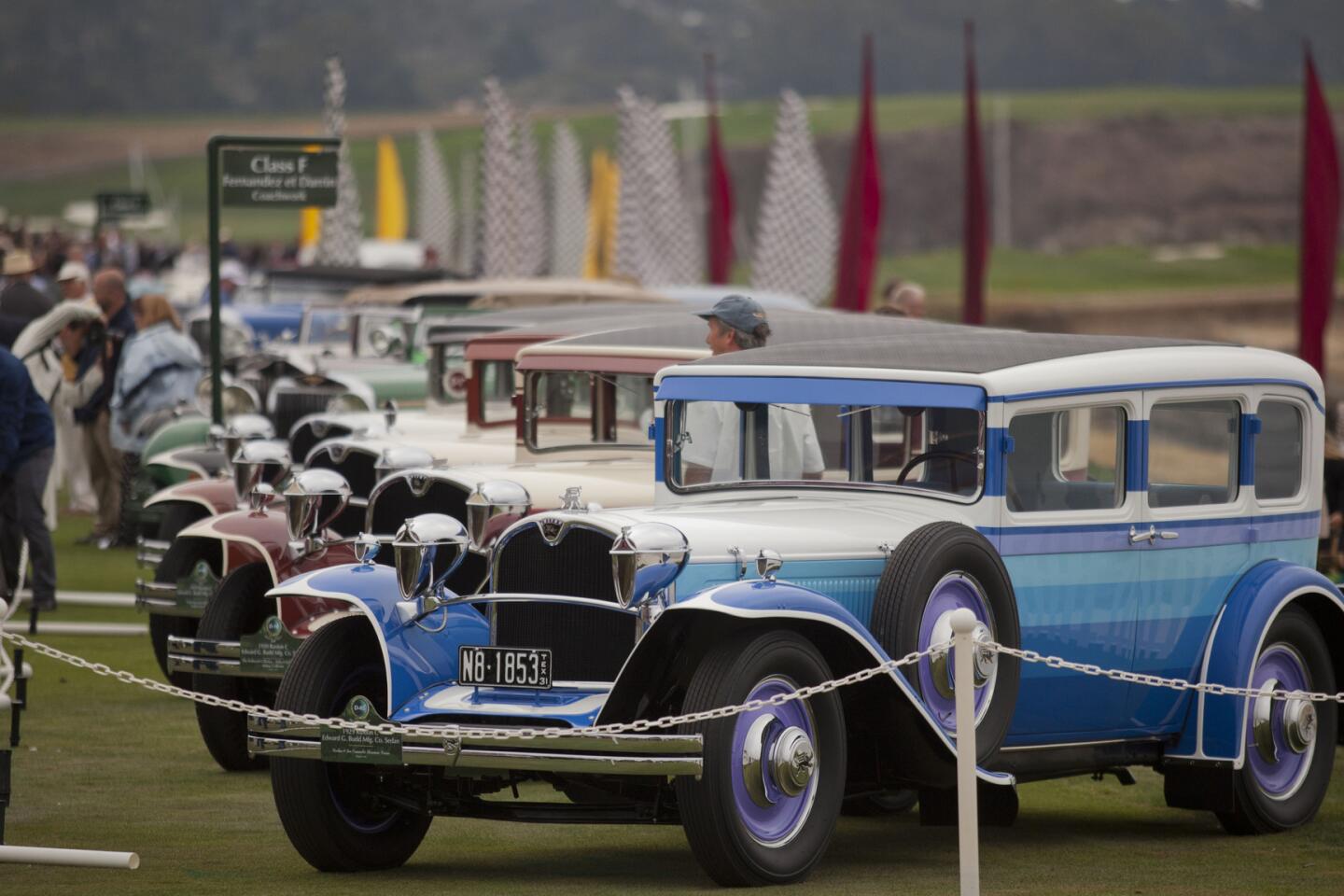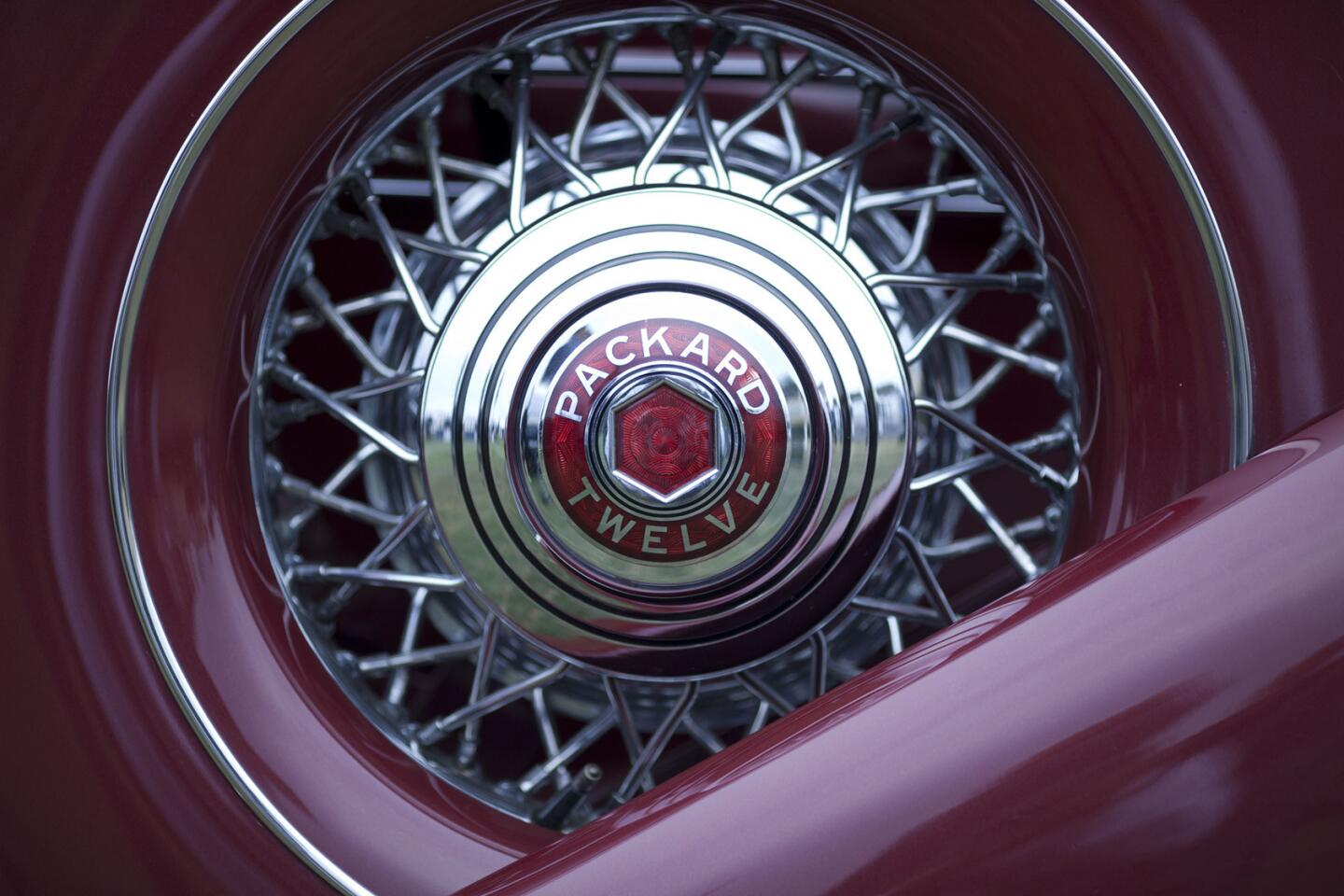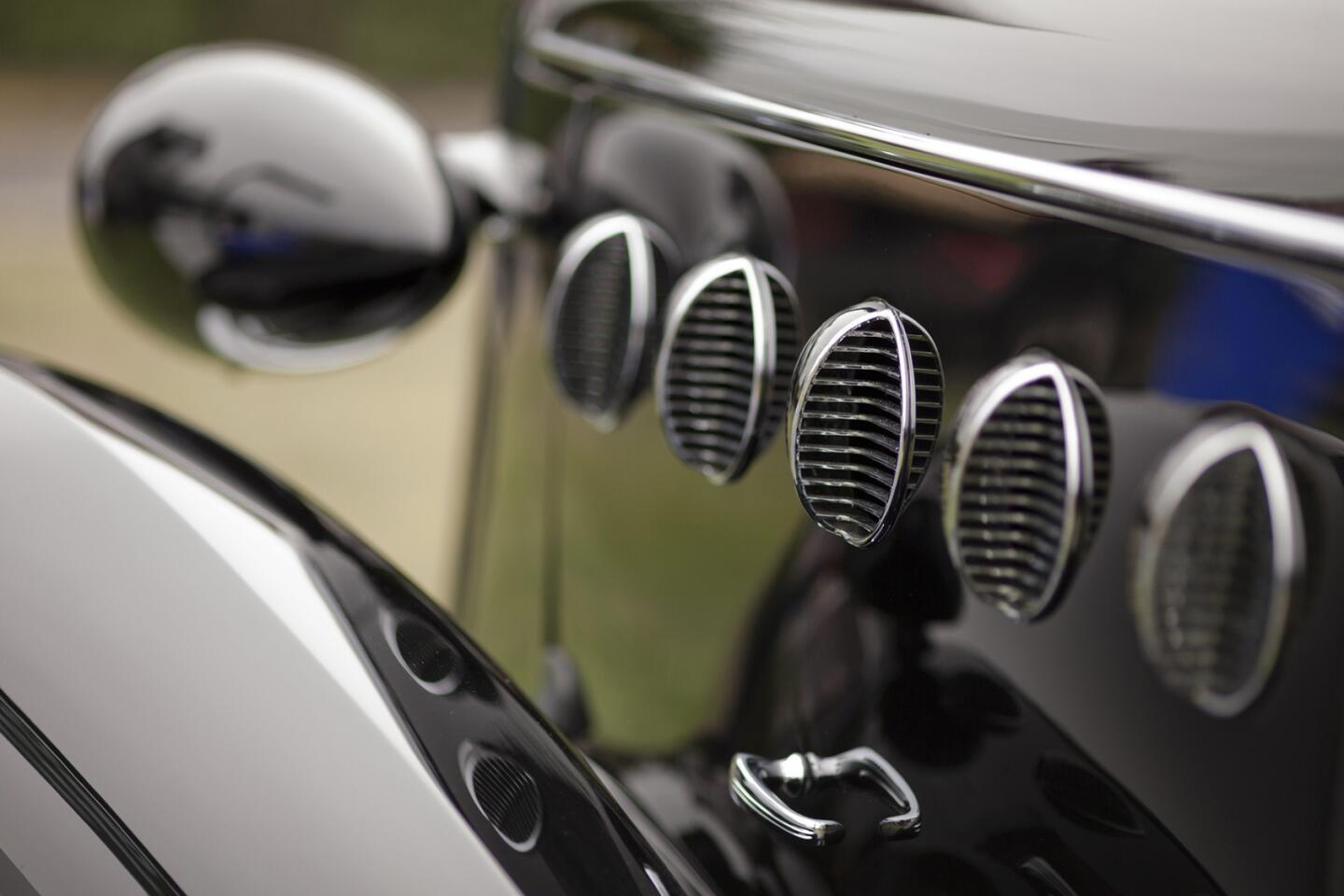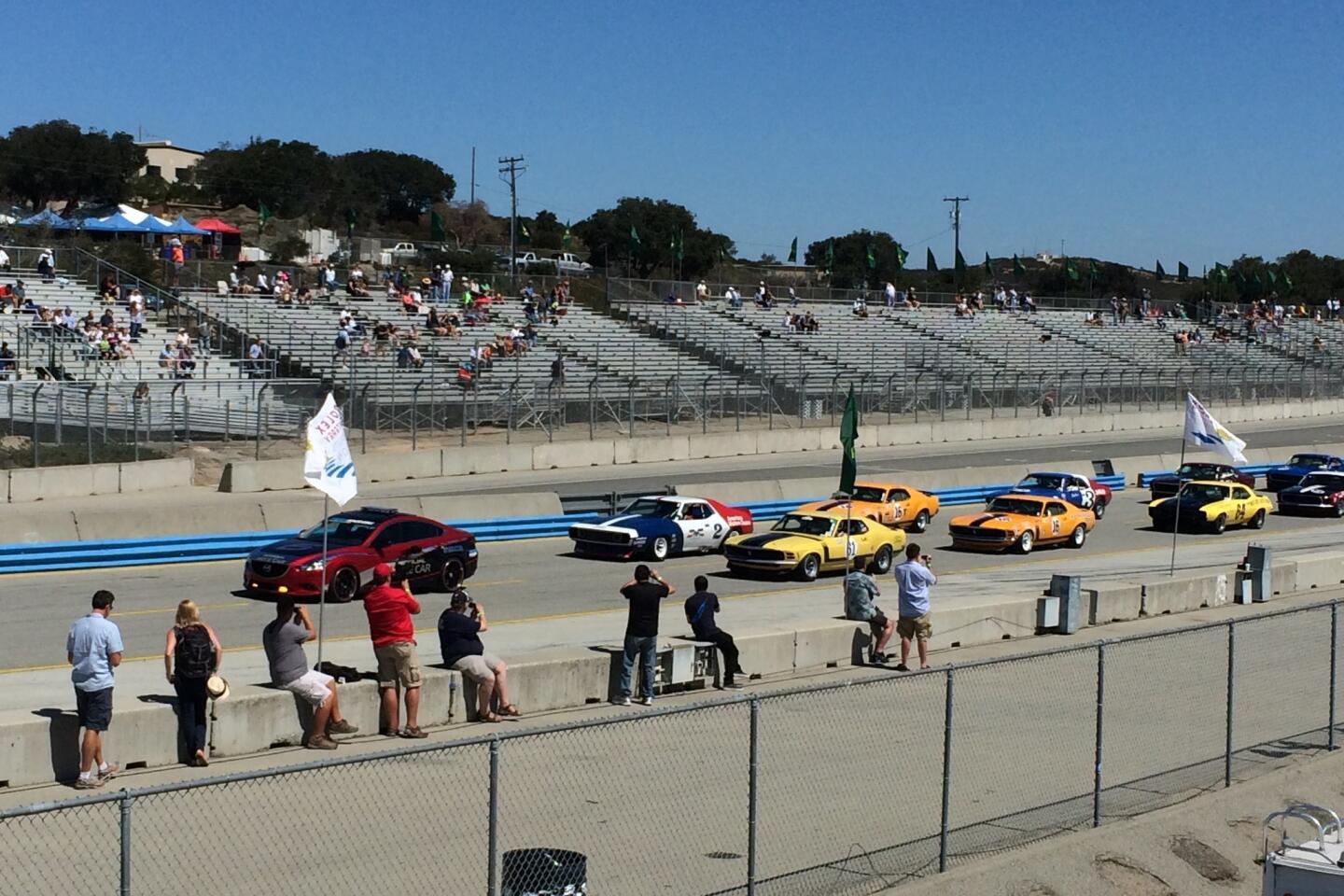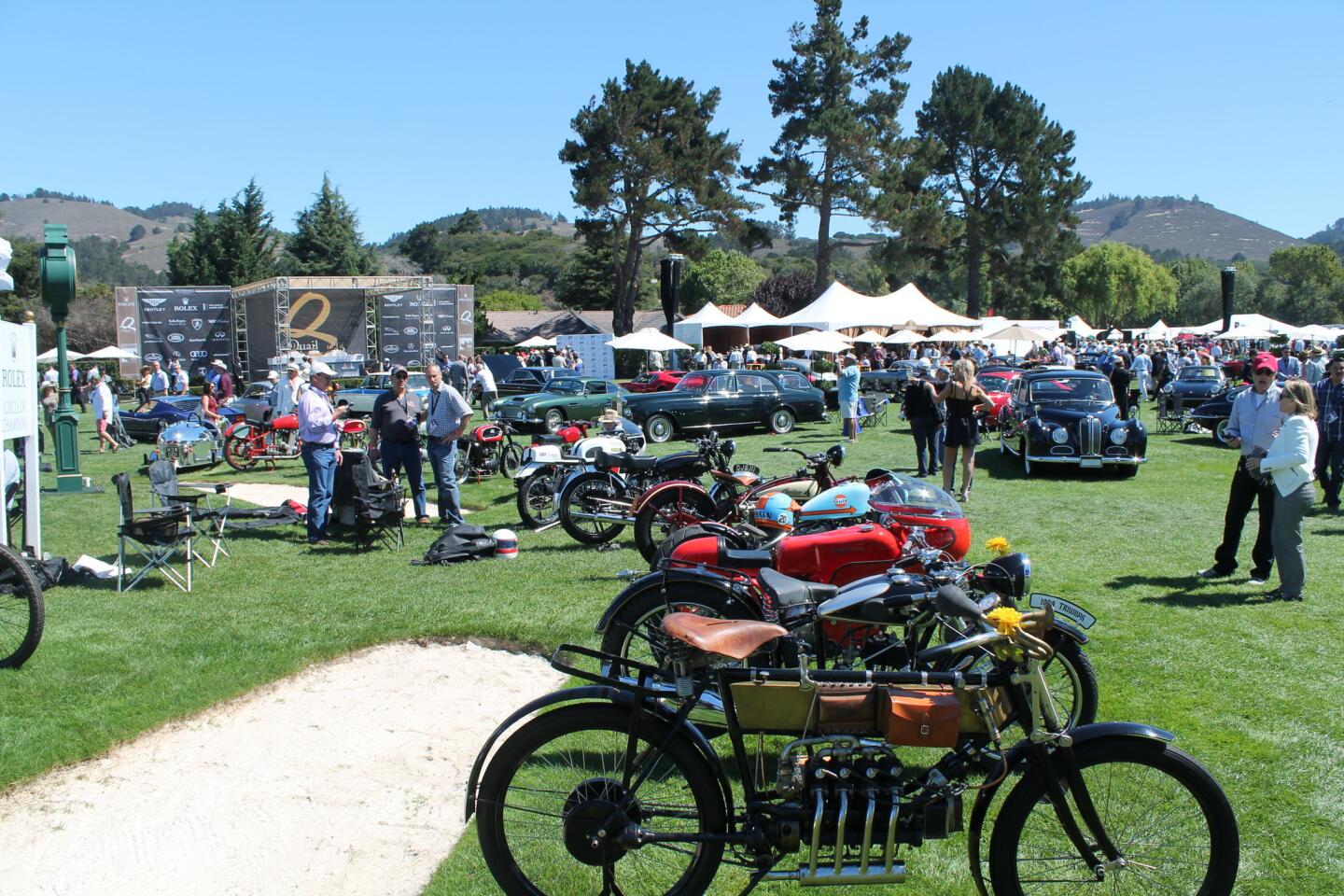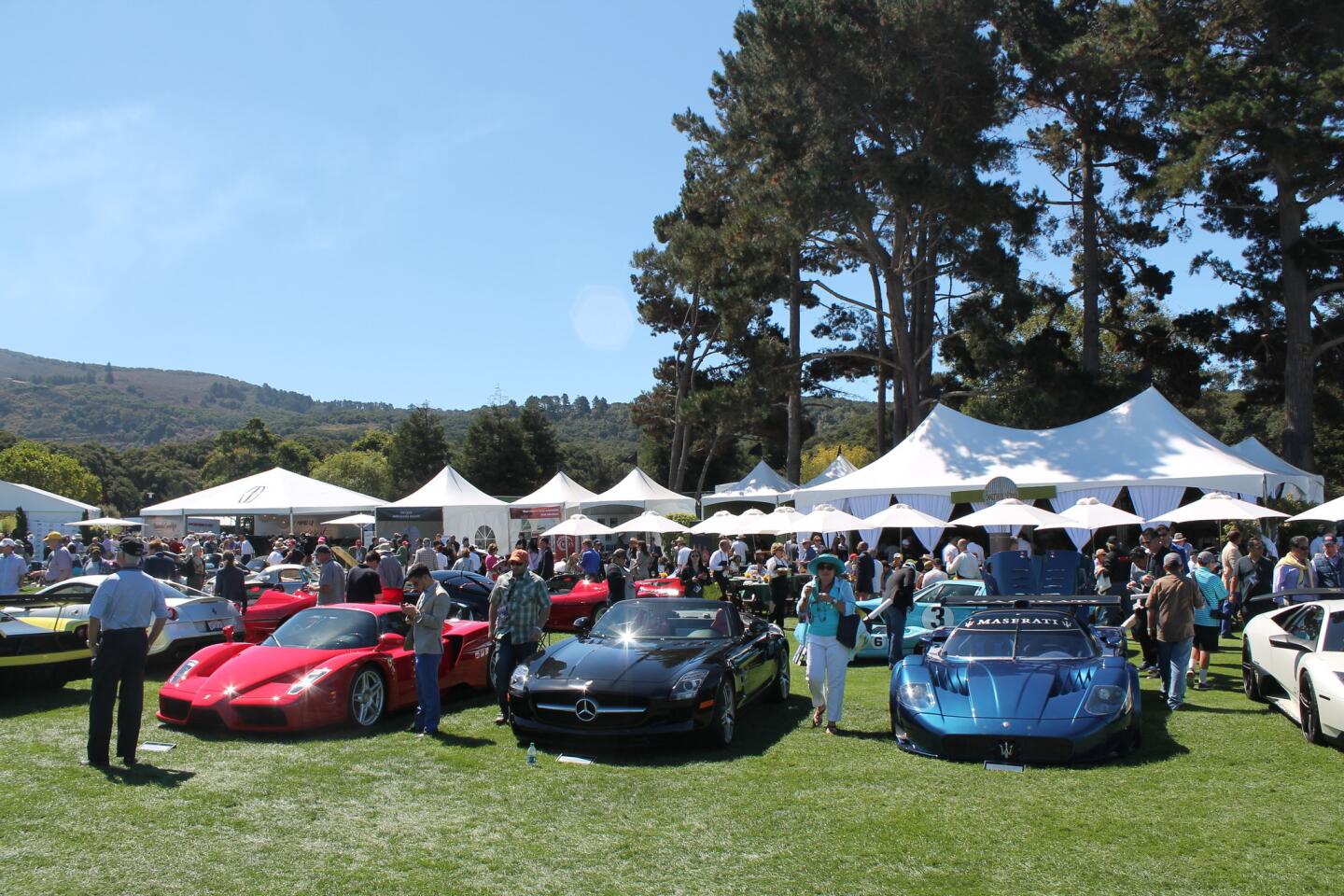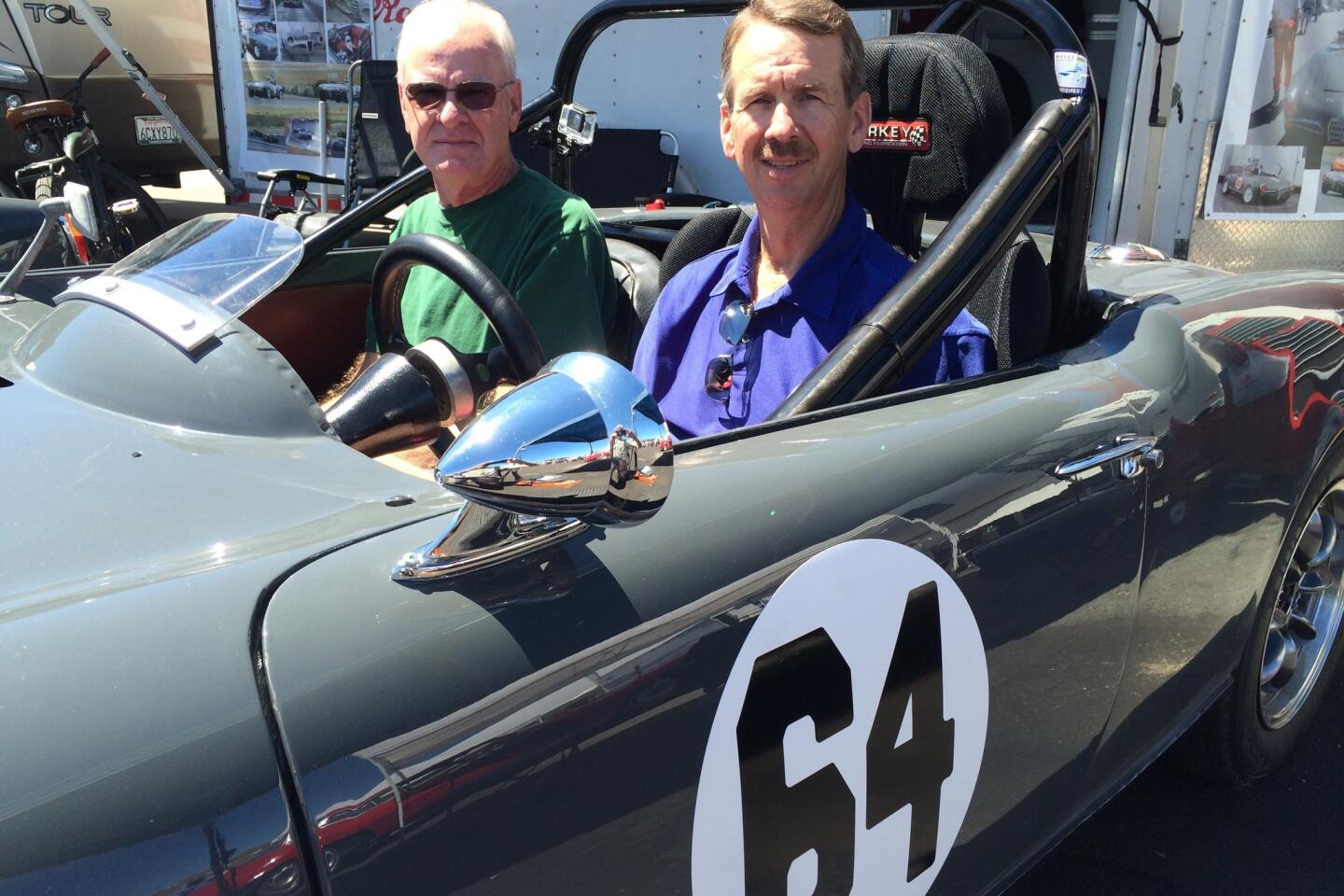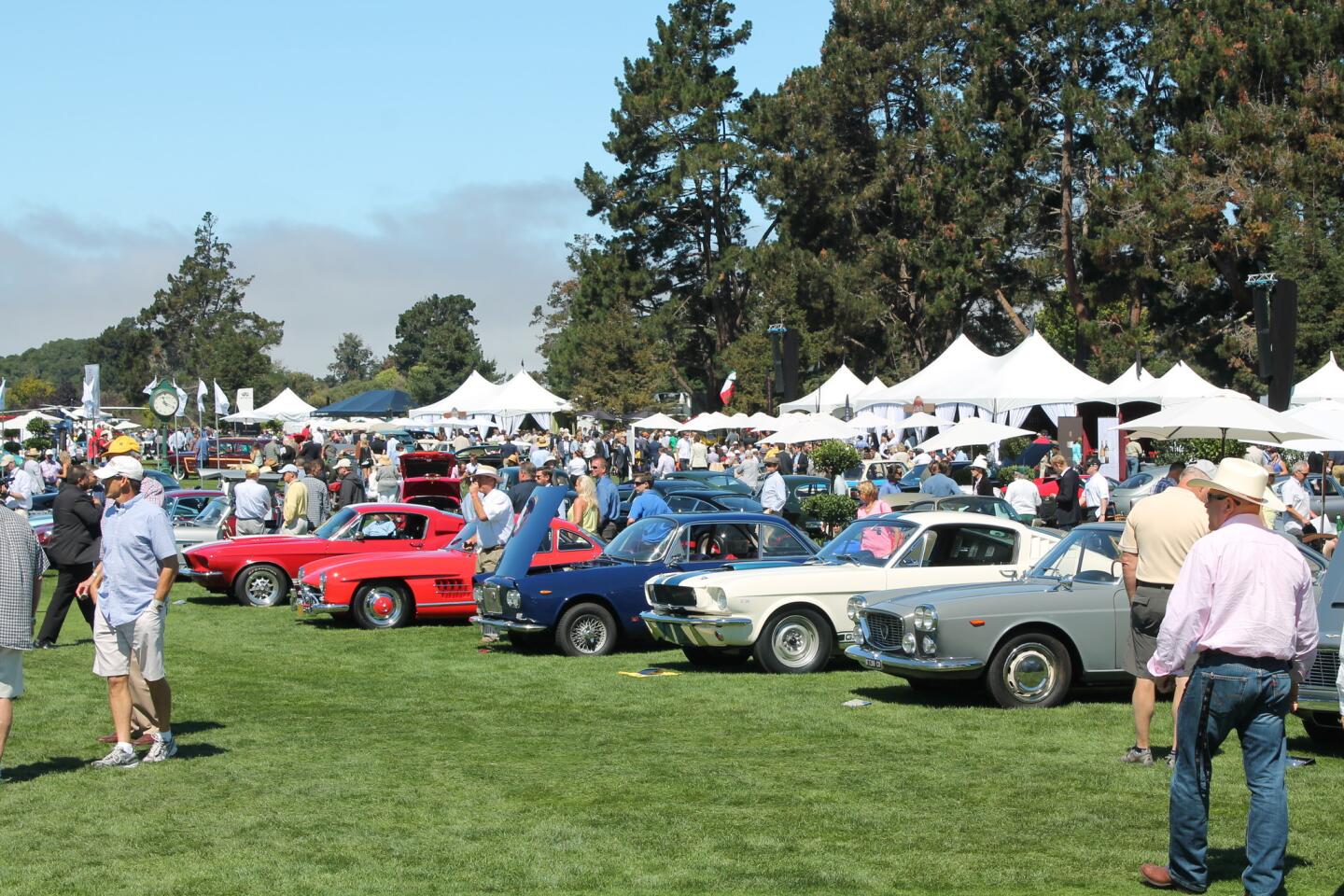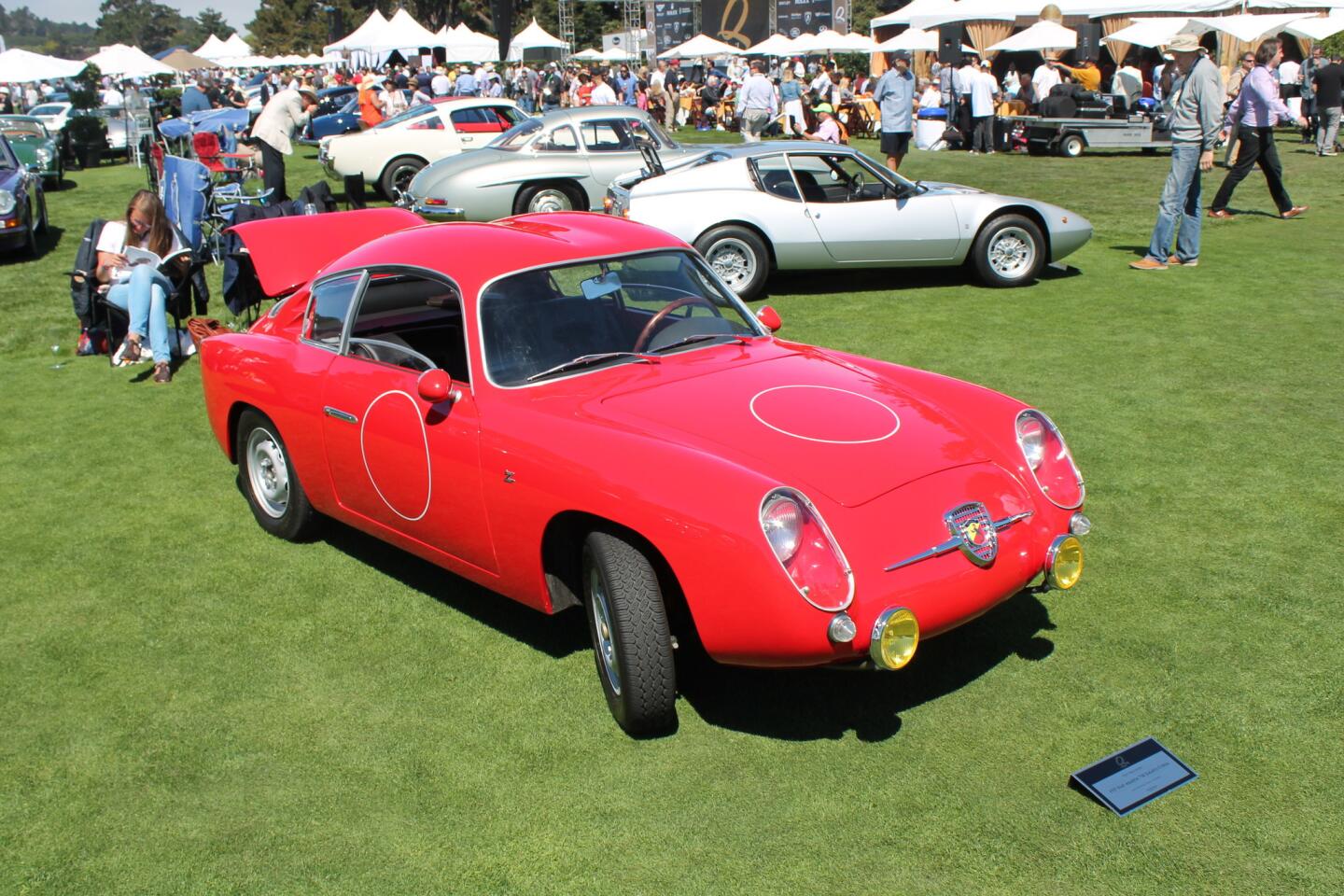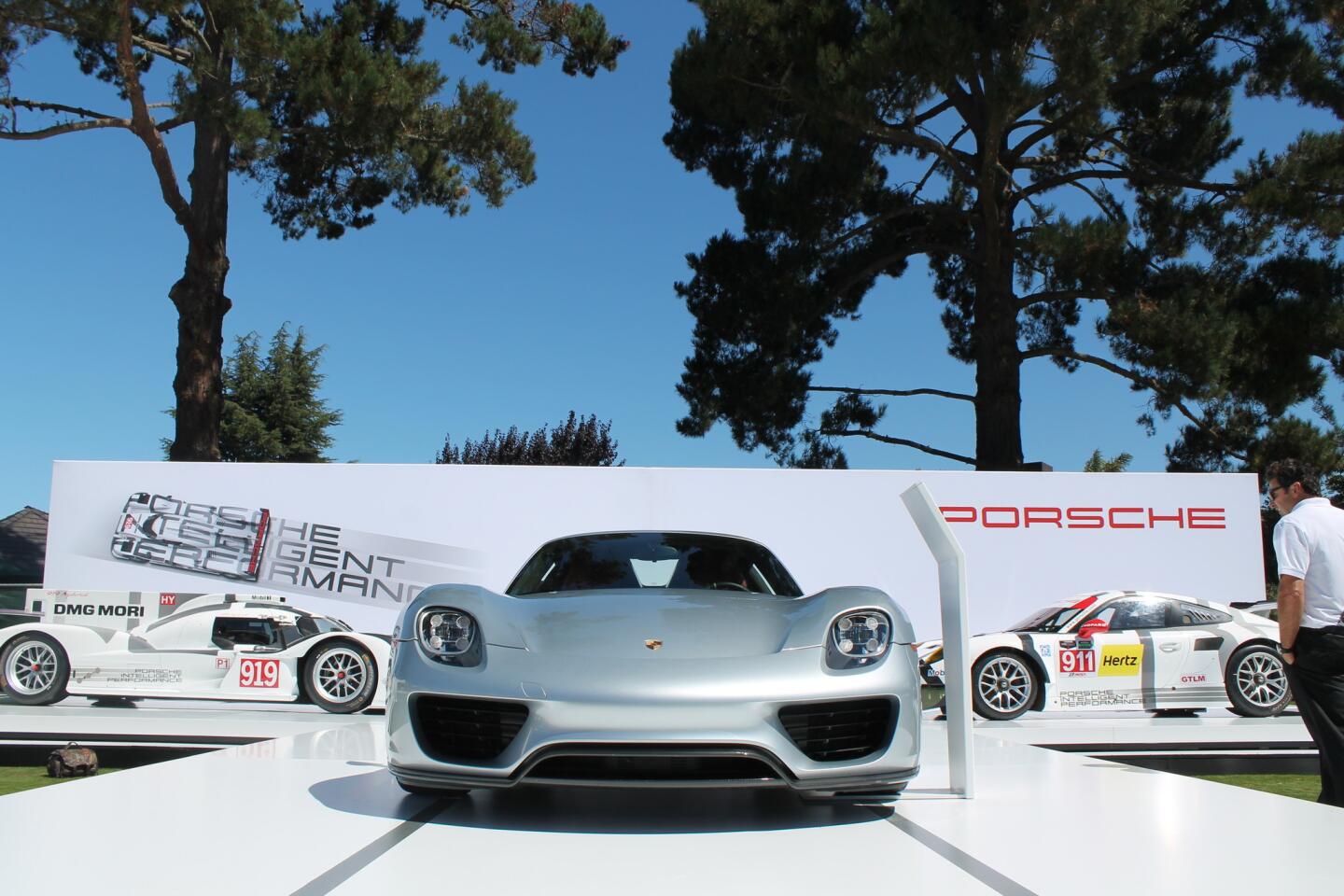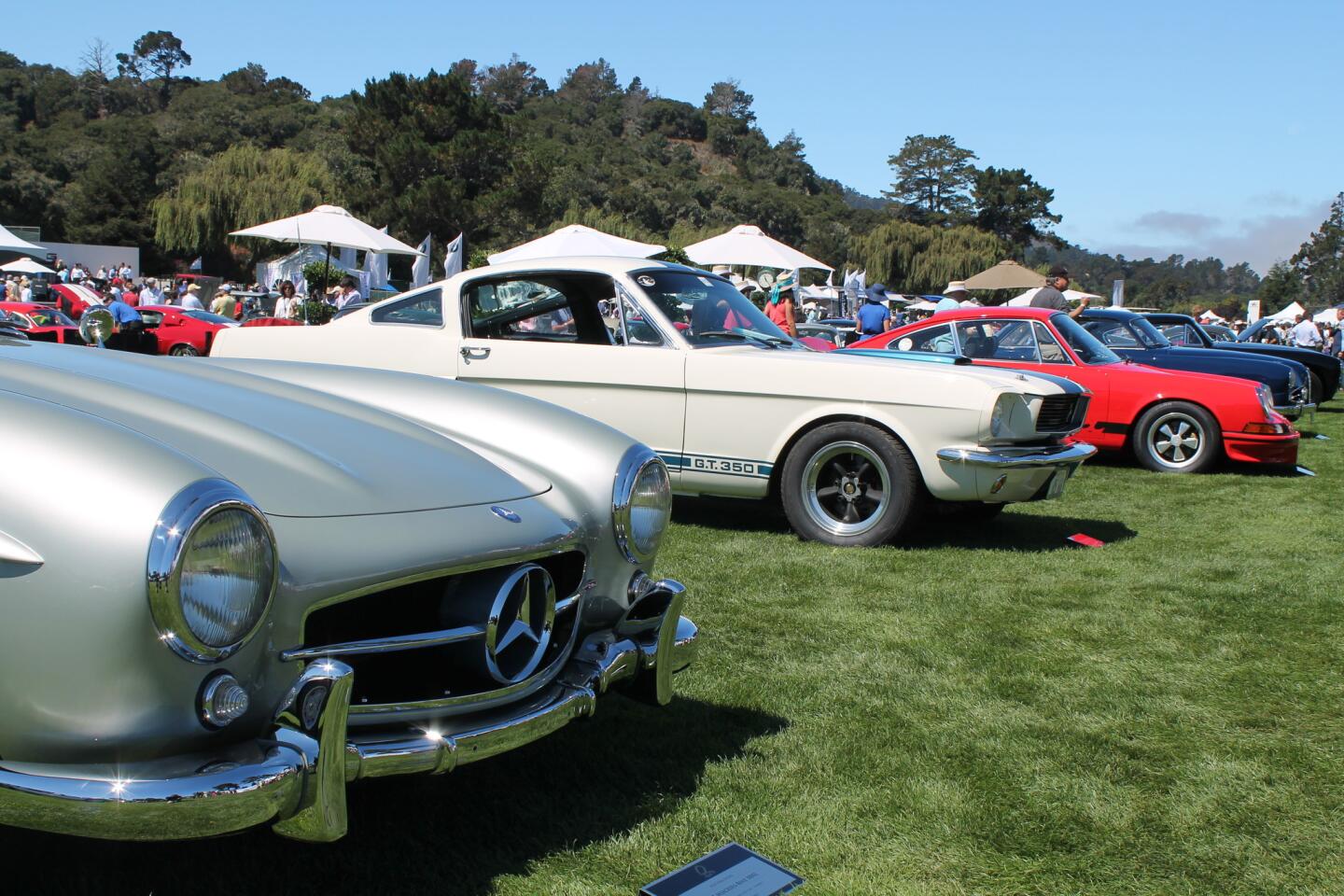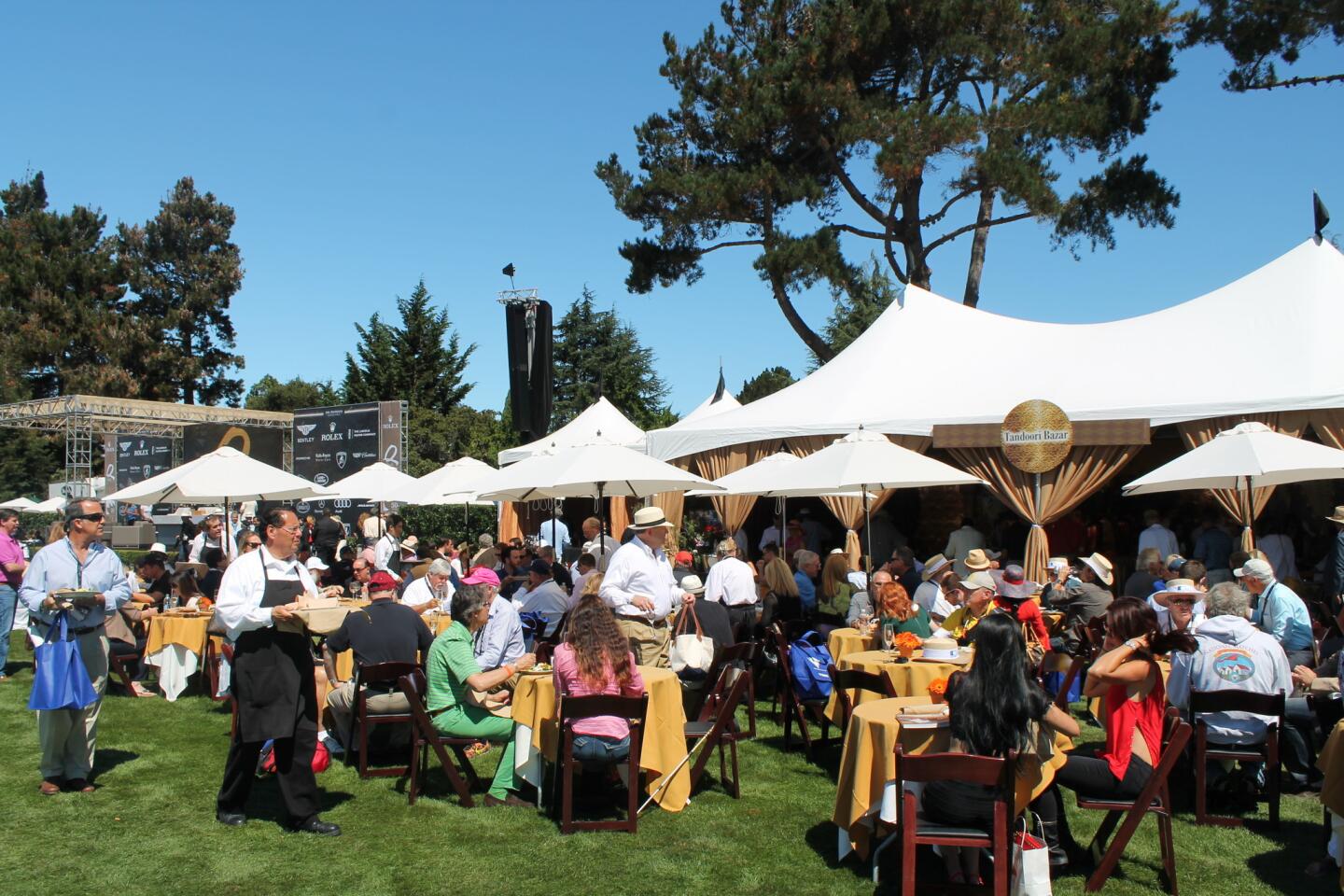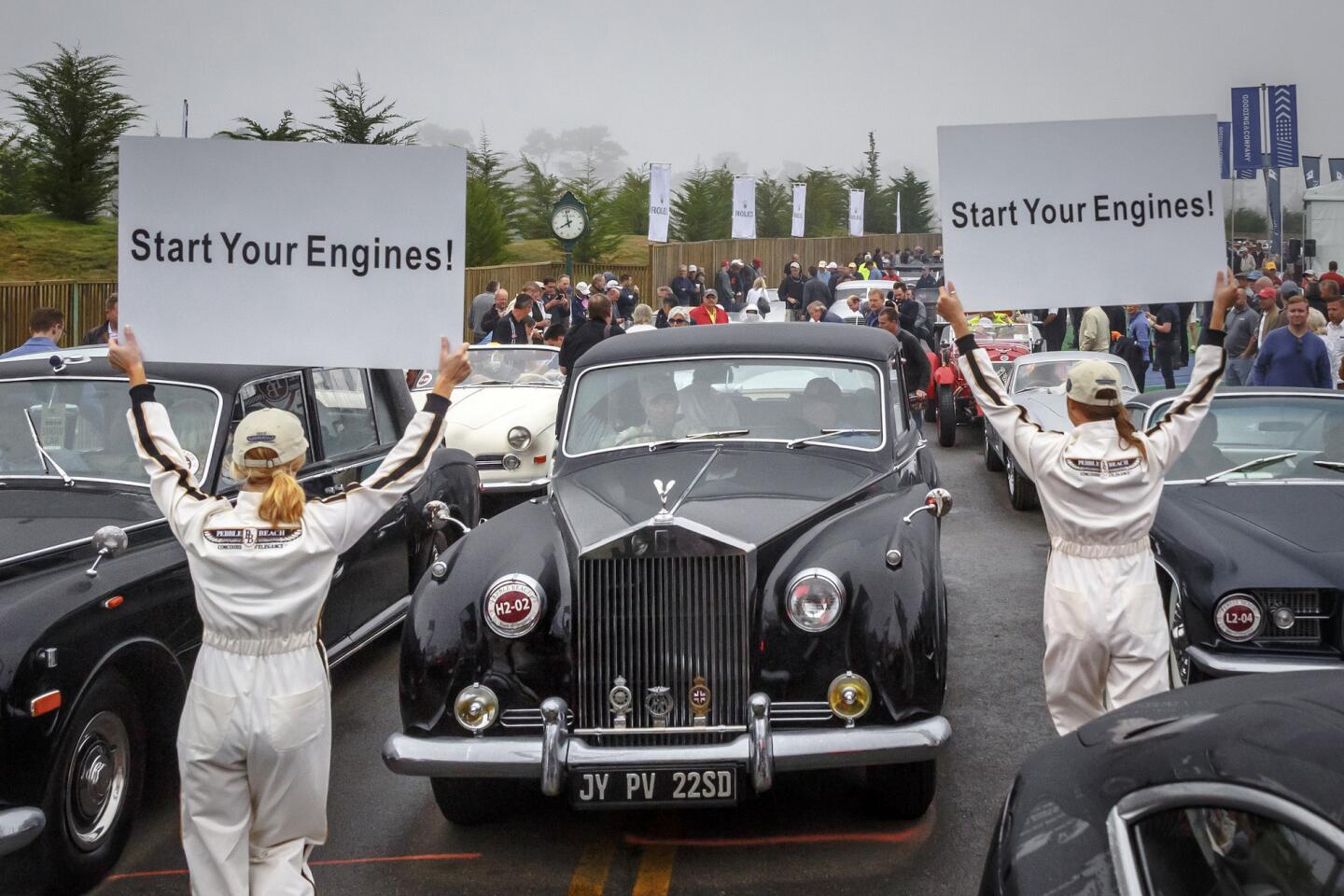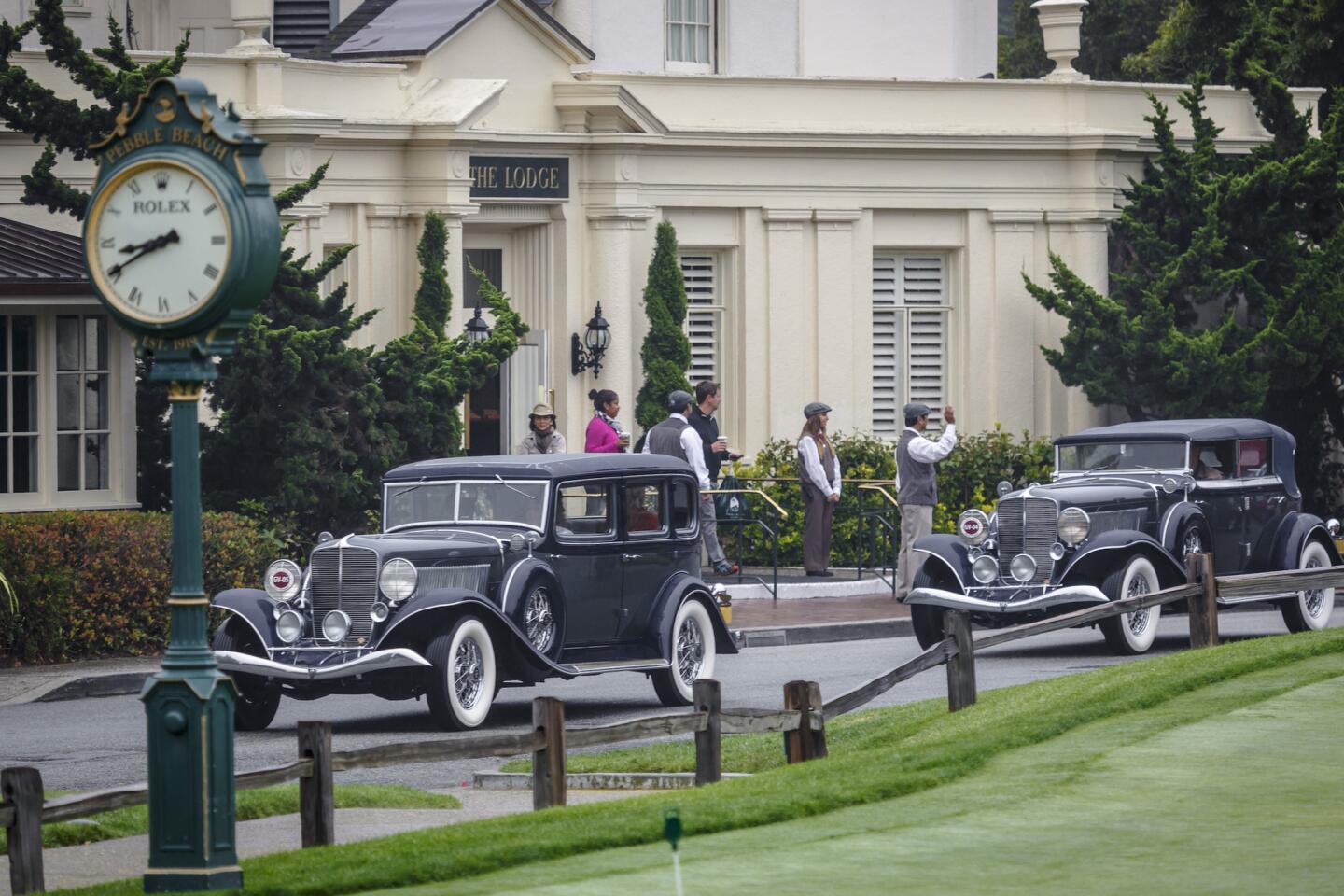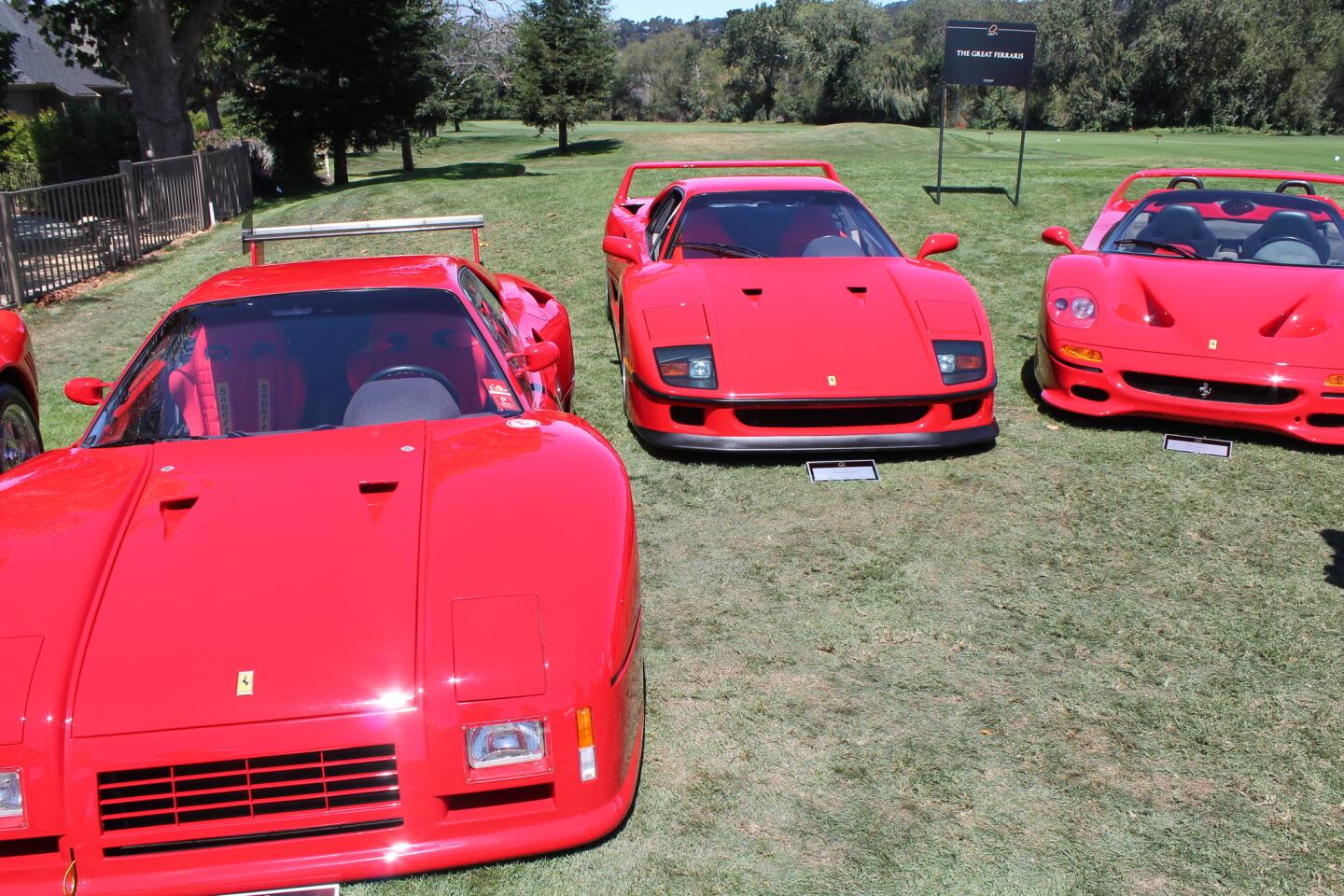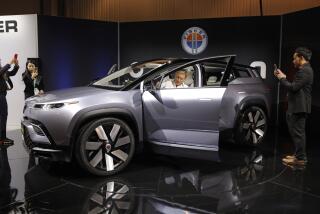2014 Pebble Beach: Ferrari CEO on rivals, hybrids, failures and SUVs
With such a high concentration of wealthy car collectors at Monterey Car Week, brands including Ferrari, Lamborghini, Bugatti and Bentley don’t just send a fleet of cars for test drives and cocktail parties -- they send the executives to woo current and future buyers.
Ferrari Chief Executive Amedeo Felisa has been with the company since 1990 and was named its CEO in 2008. We sat down with Felisa -- an engineer by training -- to hear his thoughts on a variety of topics.
On turbocharging, which Ferrari will return to this fall, with the new California, and likely later with the successor to the 458:
Looking to efficiency, direct-injection and turbocharging is the best technology. If you want to continue to reduce emissions without reducing performance, this is the right technology for the cars.
Being the best manufacturer in the world, and the best manufacturer of naturally aspirated engines, we don’t like the turbo. But we have to understand that this is the right way to develop for emissions.
Hybrid [development] is a lot in terms of cost and weight, and the technology is not ready for the performance cars. So the turbo is probably the best solution for us.
On the classic Ferrari market:
The collectors are another niche typology of customer, and we like to have them with us, because they are both new car customer and old car customer.
And, of course, looking at what happens when there is a Ferrari that is valued at $30, $40, $50 million, it of course gives awareness to the brand, so it’s really important to us.
Our intention is to enlarge these kinds of centers [Ferrari’s in-house restoration facilities] around the world in the major markets.
On Ferrari’s LaFerrari versus rival hypercars:
The real specific characteristic of LaFerrari was not its performance. It was the fact that you can drive 1,000 horsepower without being a real driver. I think this is what is special. And you don’t find this on the competitors’ cars, the McLaren and the Porsche. It’s really different in terms of driveability, you have better performance, but what is really different is you can drive it in an easy way.
This is something that is our know-how: how to make performance cars but not asking for a professional driver. This is the way we are continuing to develop cars.
On the failure of Ferrari FF:
The idea with the FF was to get a new kind of customer. With the FF and California, the main goal was to enlarge the perimeter of the [Ferrari] family. I think the FF, 40% of the customers were new, versus 80% on the California. So we hit the goal on the California but not on the FF, probably because of the price.
On lowering the prices of its cars:
We understand that we have reached the top in terms of price in the cars. If you look at the future, we have to do something without losing anything in terms of technology but probably staying lower in terms of price. It’s not easy to manage technology and cost.
Because of what happened before 2008, when we pushed too much on the price of the cars [too high], now we have to reposition ourselves a little bit. But it’s not easy, because you can’t do it tomorrow. If you reduce the price of the new 458, you have the older, pre-owned cars to think of. It’s not easy but I think in the future, Ferrari will probably reduce the price of the cars that we have today.
On whether Ferrari would build an SUV:
To do a real Ferrari SUV, we have to enter in a lot of new development of systems that for sure would be very tough. Today, this is the space we are leaving to Maserati for the SUV, and we will build the two-door car.


